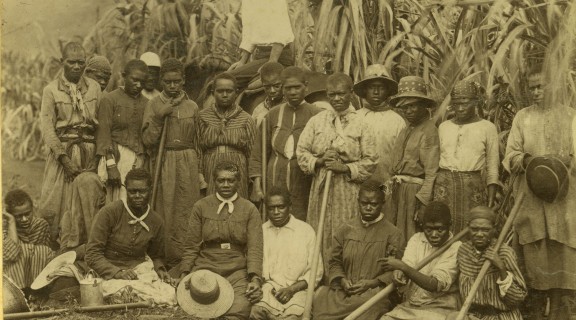
- Home
- Plantation Voices: Contemporary conversations with Australian South Sea Islanders
/
Plantation Voices: Contemporary conversations with Australian South Sea Islanders
This exhibition is in the past.
16 February 2019-8 September 2019
Phillip Bacon Heritage Gallery, Level 4
This exhibition contains images and stories of people who are now passed on. Some of the historical language in this exhibition may be offensive, but it is reflective and in context of the times.
The Australian South Sea Islander community would like to acknowledge the Traditional Owners of the lands they now call home.
About the exhibition
Australian South Sea Islanders’ unique history and identity is interwoven with narratives from across the Pacific Ocean. There are particularly strong connections to the islands of Vanuatu, the Solomon Islands, New Caledonia, Fiji, New Ireland and Milne Bay Provinces in Papua New Guinea, Kiribati and Tuvalu. However, Australian South Sea Islanders are not indigenous to any one place or land.
Australian South Sea Islanders are the descendants of South Sea Islanders who were sourced as cheap labour for the Australian sugar and cotton industries between 1863 and 1904. Many were blackbirded, kidnapped or tricked to work on plantations all along the Queensland coastline as indentured labourers.
62,000 indentured labour contracts were issued to Islanders over a 40 year period, and by the early 1900s some 10,000 South Sea Islanders resided in Queensland.
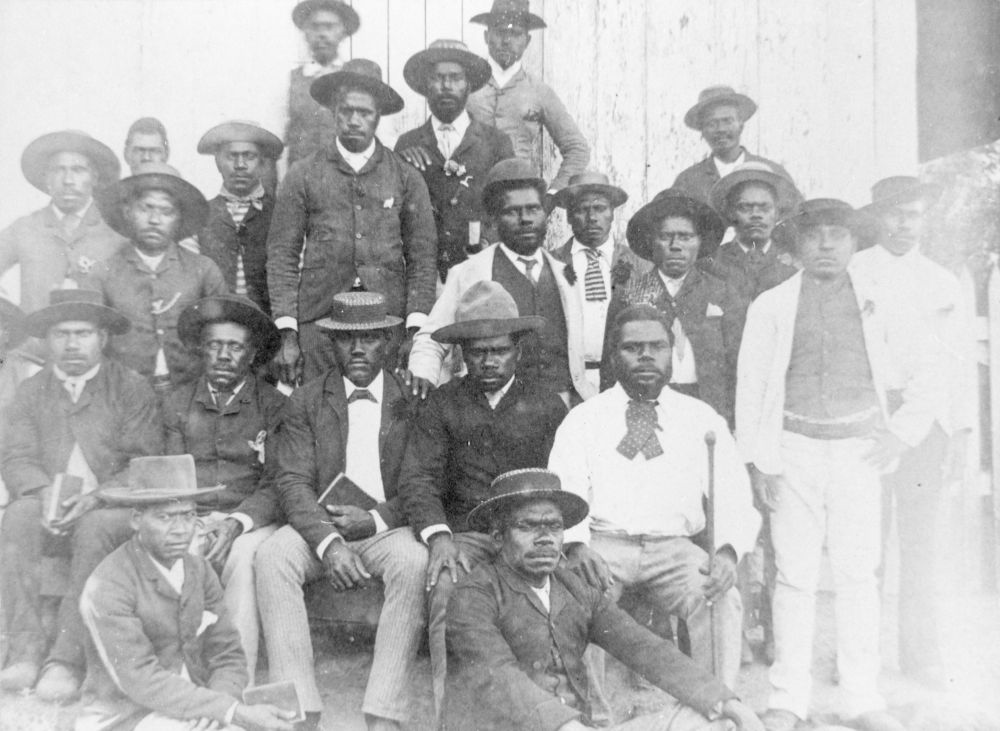
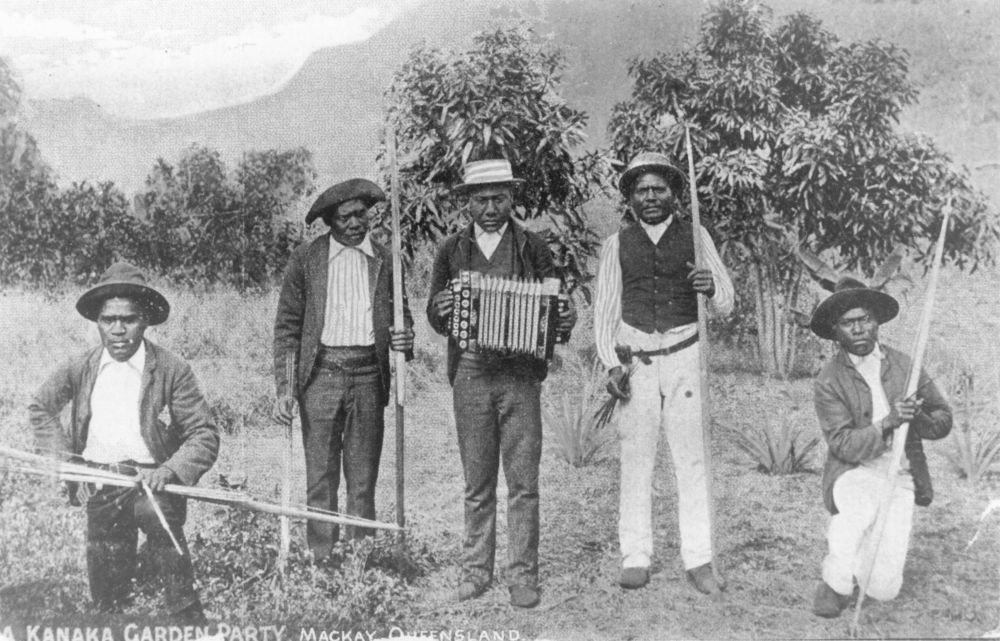
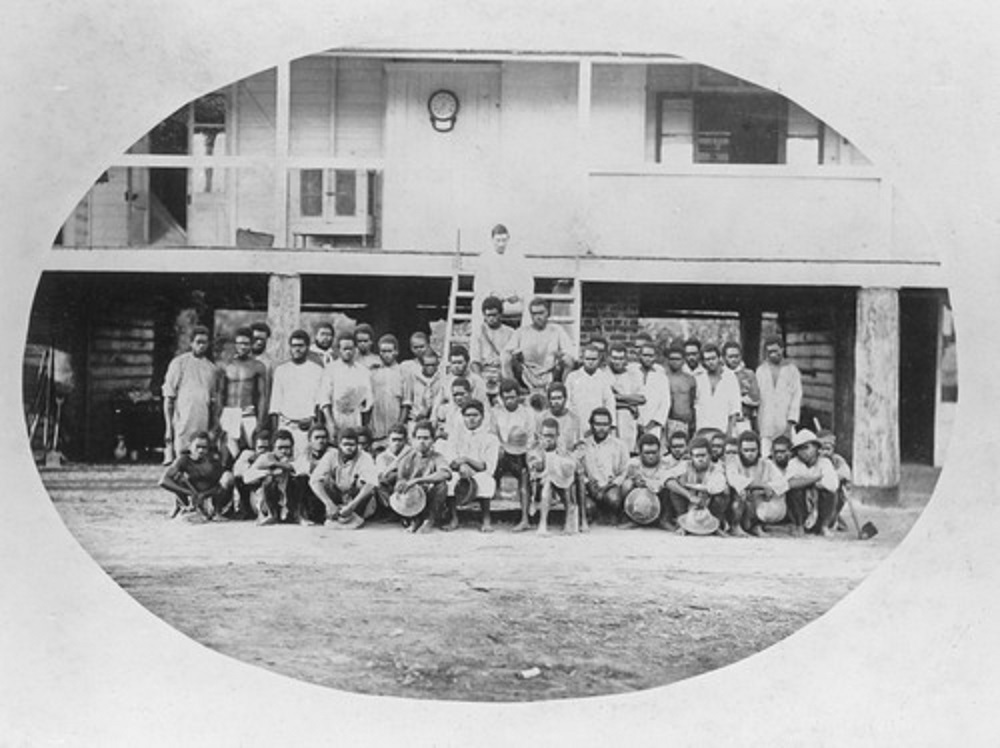
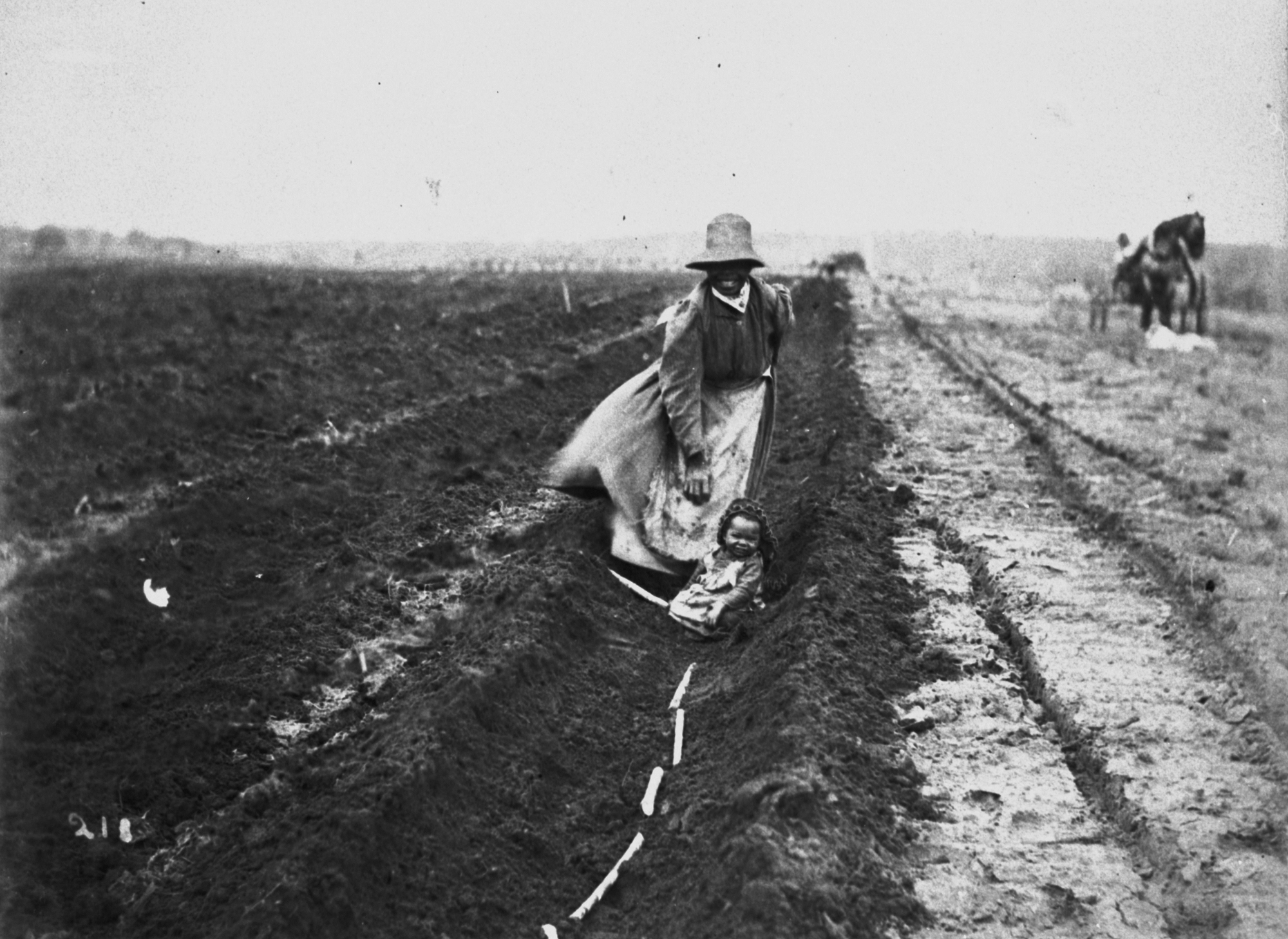

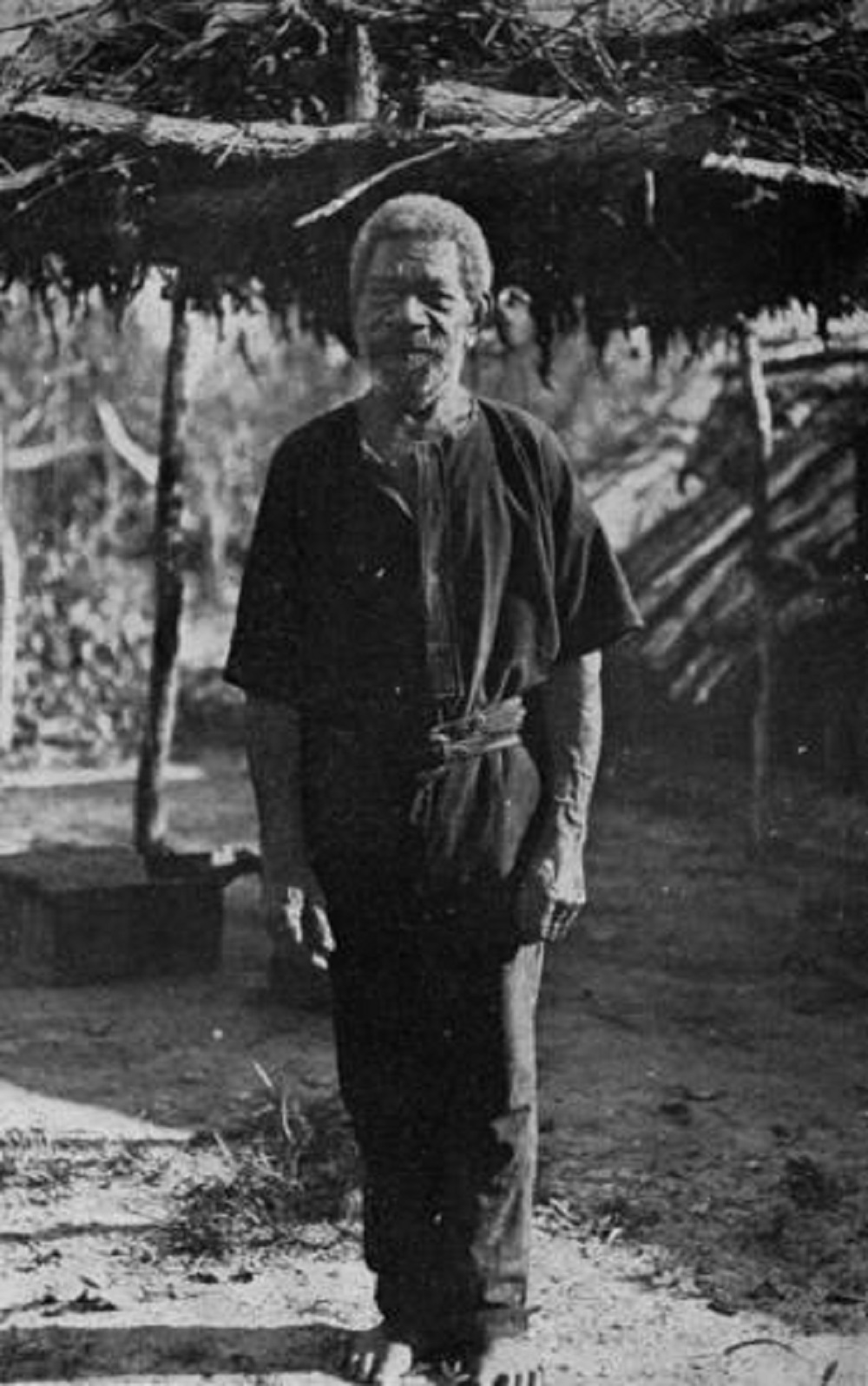
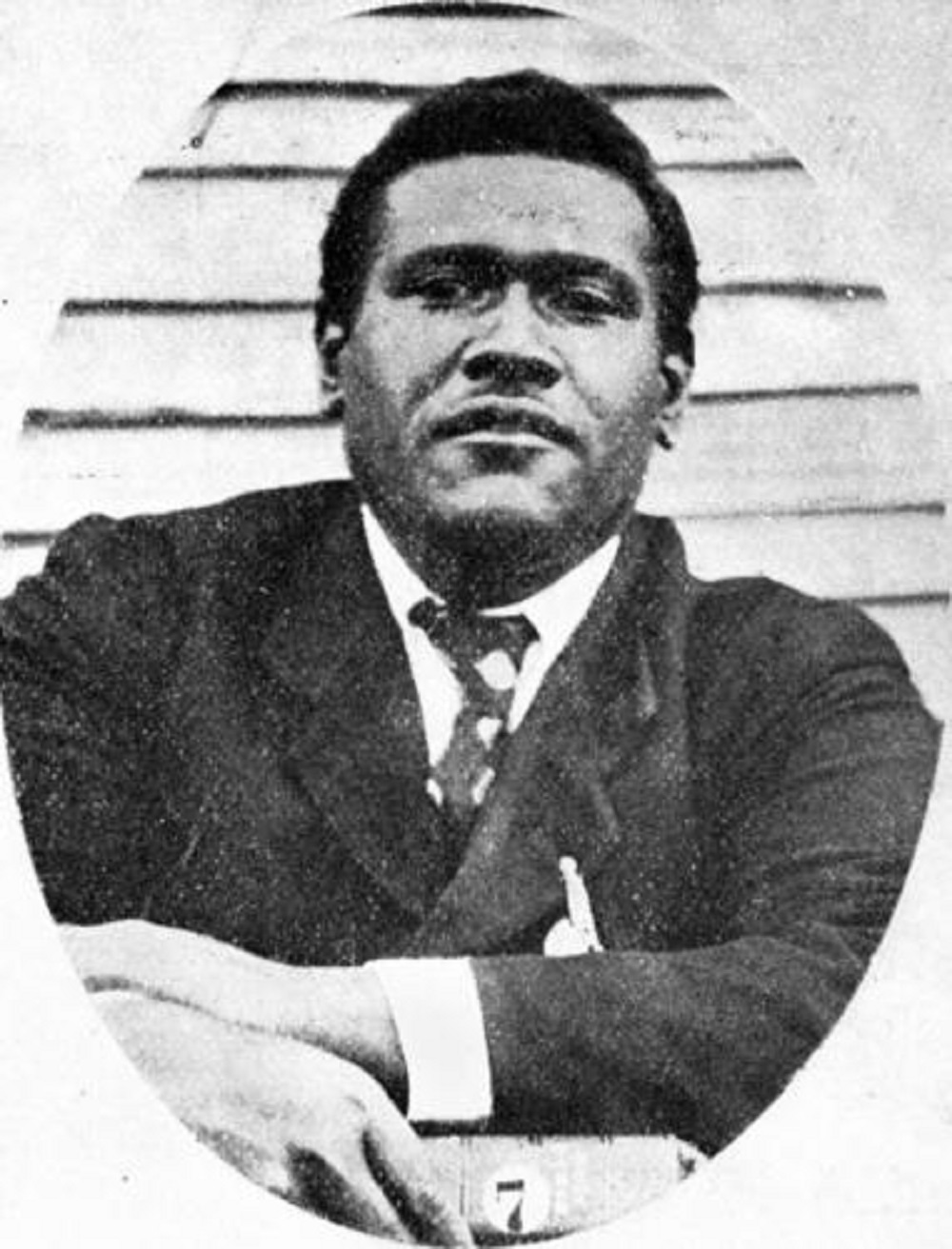
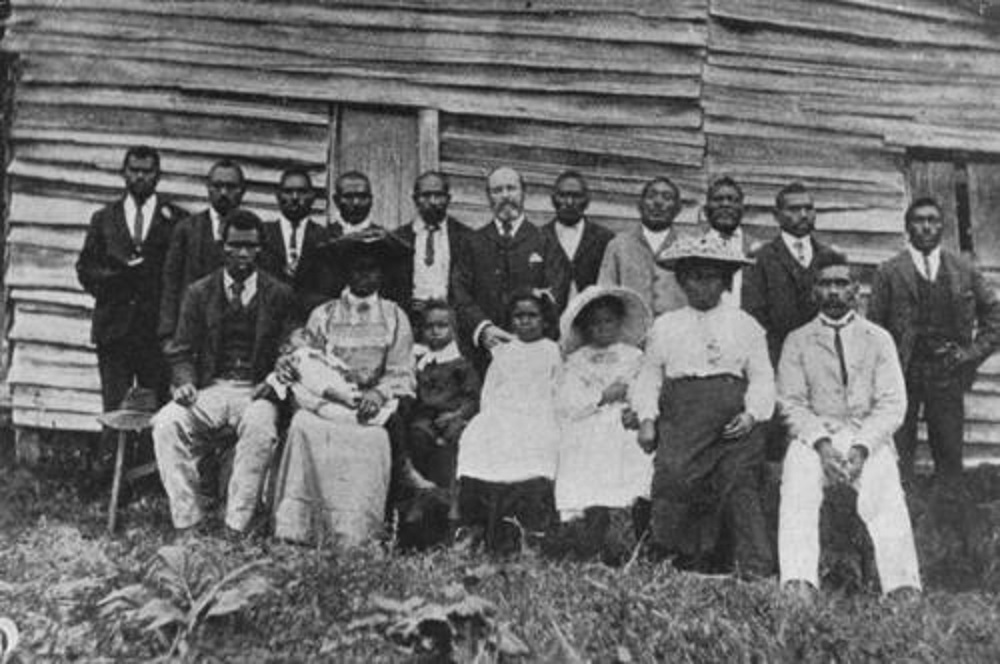
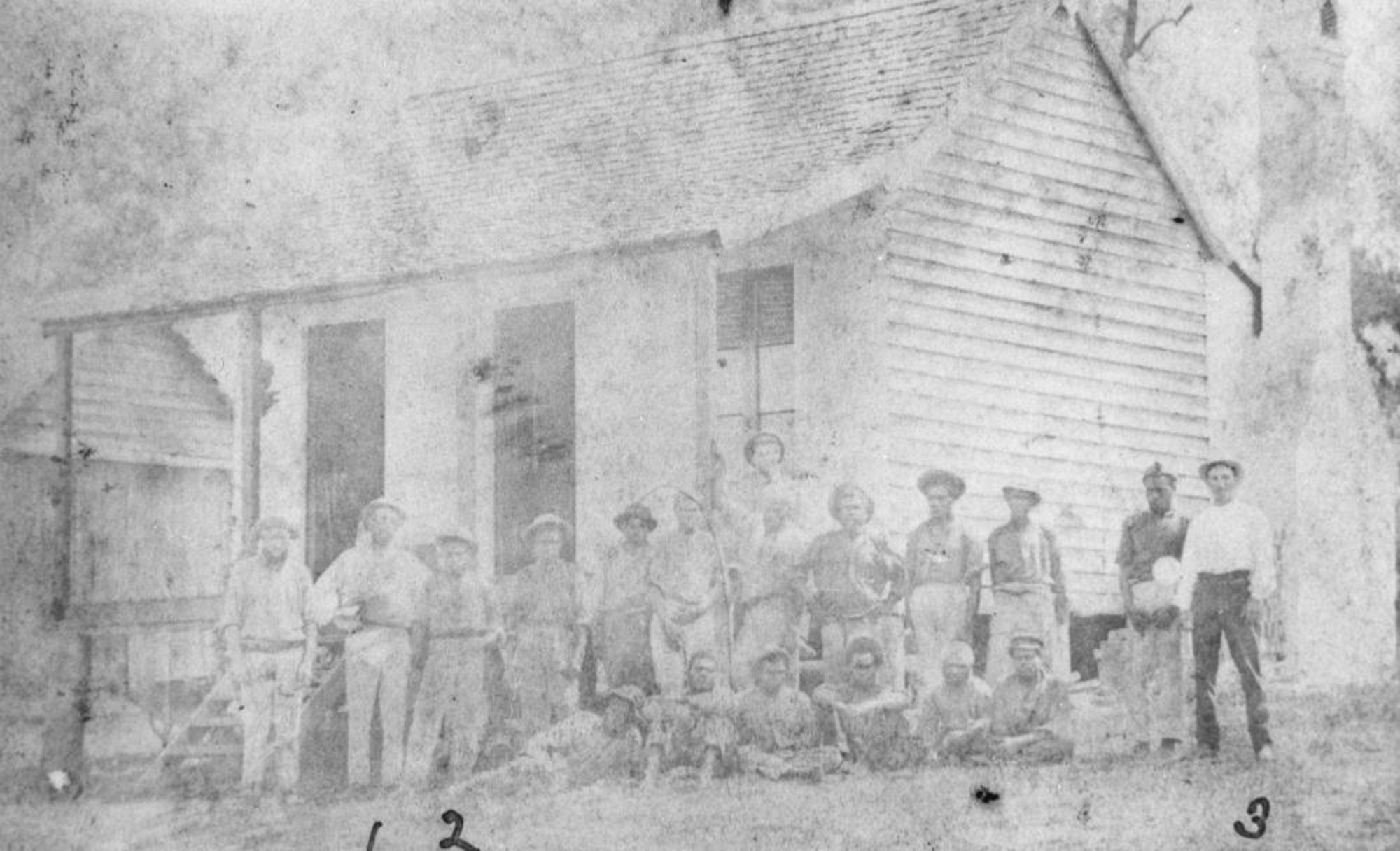
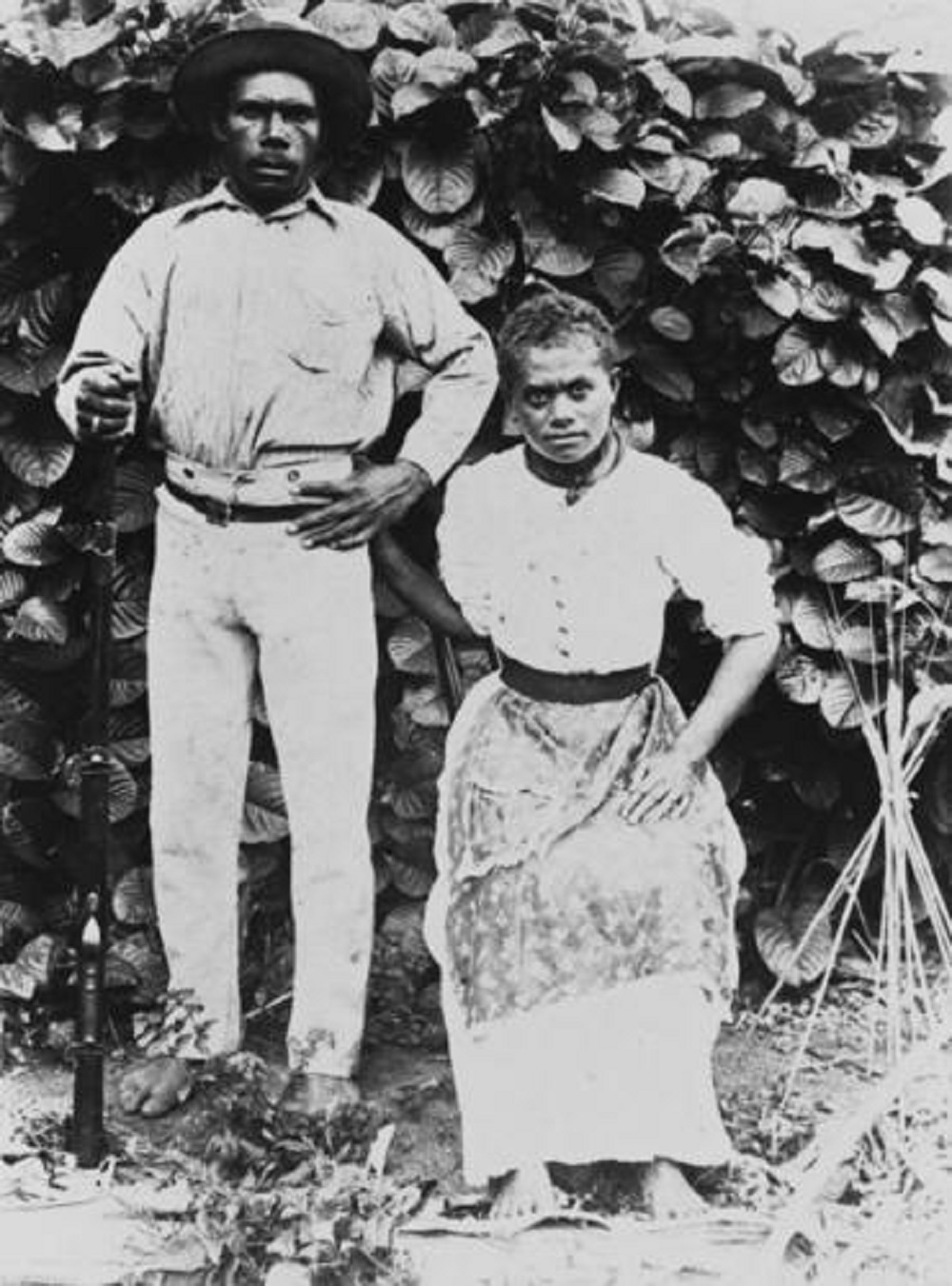
What a privilege it has been to sit here in front of images that were taken over 150 years ago. I am curious about the people in the photos, the names in books, names on papers and I wondered if they thought I would sit here 150 years on and look at their faces and think about their story. Their faces seem familiar and I feel a connection like I know them, but yet they are all strangers. I exist because they do and now they exist because I do.
This is a personal story about people, family, some we know and some we don’t know. It’s difficult and it’s emotional. I have felt more connections with these images through this exhibition than I have in the last two decades; and in some way I have seen the people in these images for the first time.
Imelda Miller, Curator, 2018
Exhibition Themes
Repatriation
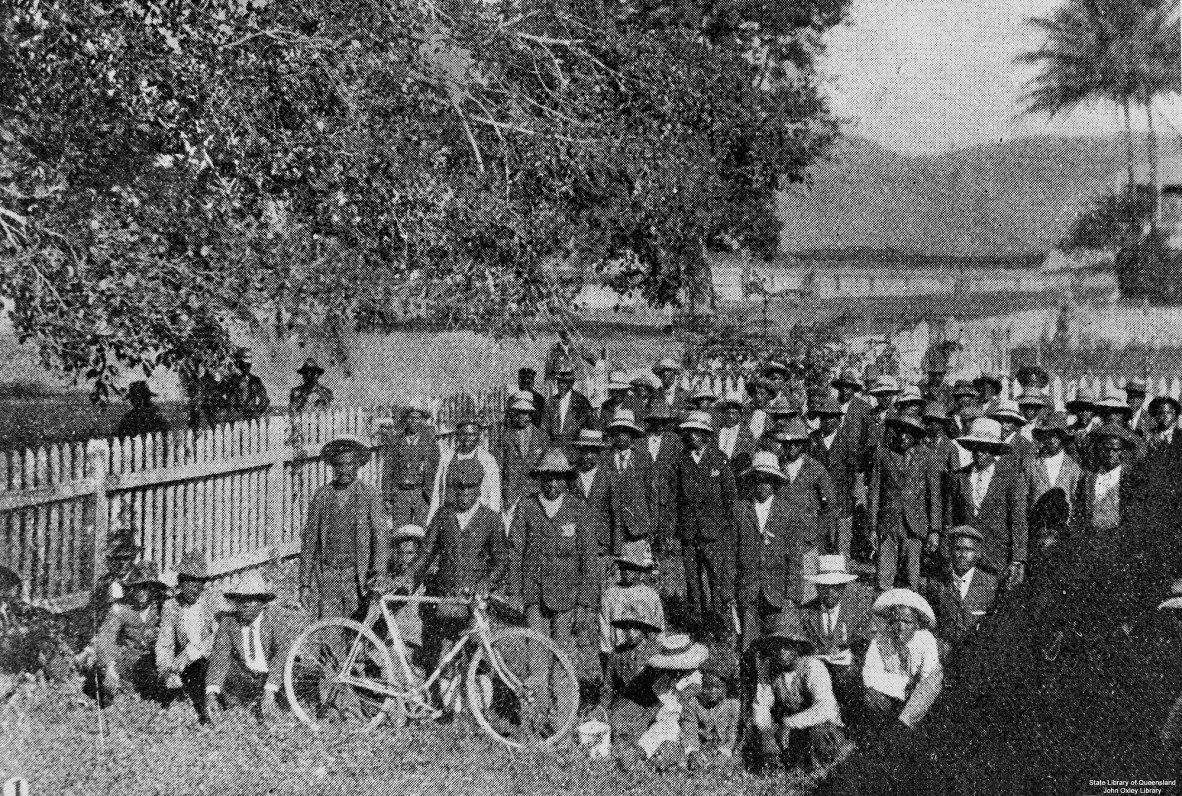
For 40 years South Sea Islanders continued to work contracts on plantations along the Queensland coastline. Some travelled back and forth from their home islands depending on when their contracts expired and if they negotiated new indentured work contracts. They worked and lived in the landscape, creating families and small communities. In later years, Islanders would grow and work their own cane.
However, after four decades of service to Queensland, South Sea Islander labour was called into question. In 1901 the new Commonwealth Government implemented the controversial ‘White Australia policy’ and established the Pacific Islander Labourers Act 1901 (Cth) ordering the repatriation of South Sea Islanders to their home islands. This would become the largest legislated mass deportation in Australian history. Deportation began in earnest in late 1906 and lasted until 1908.
Repression
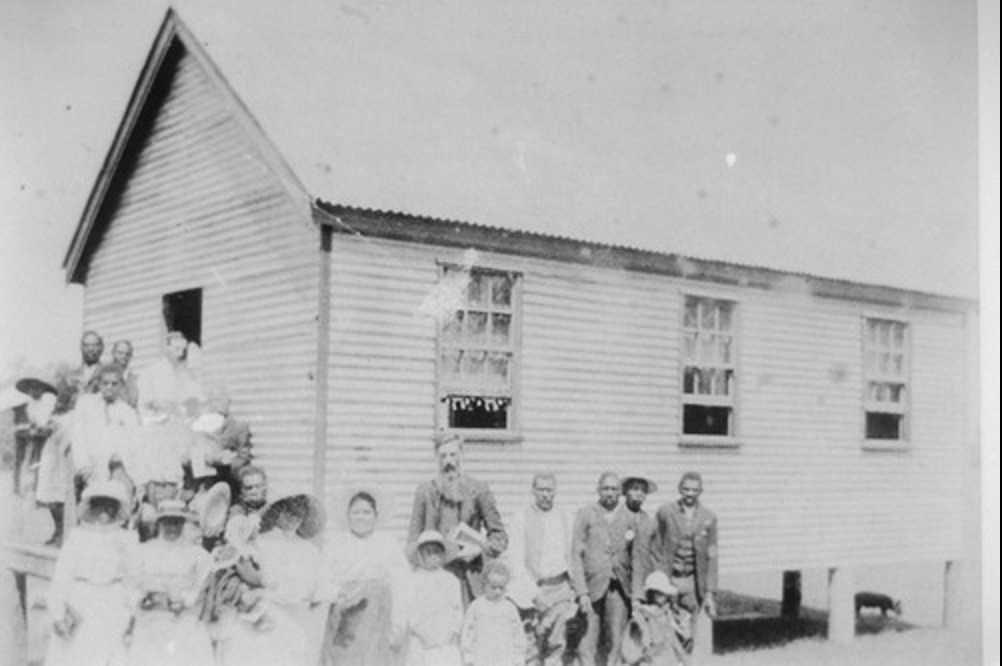
Life was difficult for South Sea Islanders and their descendants who stayed in Queensland. Their lives were repressed in a time of heightened discrimination and exploitation. Islanders were prohibited from working in the sugar industry which had been their lifeblood, and which they helped to create.
There are, however, many stories of kindness to South Sea Islanders during this time. Despite the risk of the financial and criminal penalties they could receive, some farmers continued to secretly use Islander labour.
From 1910 to the 1970s South Sea Islanders were no longer the focus of political conversation and almost became invisible in the landscape. Throughout Queensland, South Sea Islanders moved to the fringe of many coastal townships to create small communities in isolated areas. It was during this time that Australian-born South Sea Islander children began to shape their new identity in Queensland, living a shared experience with the wider community in these ‘Missing Years’.
Reclamation
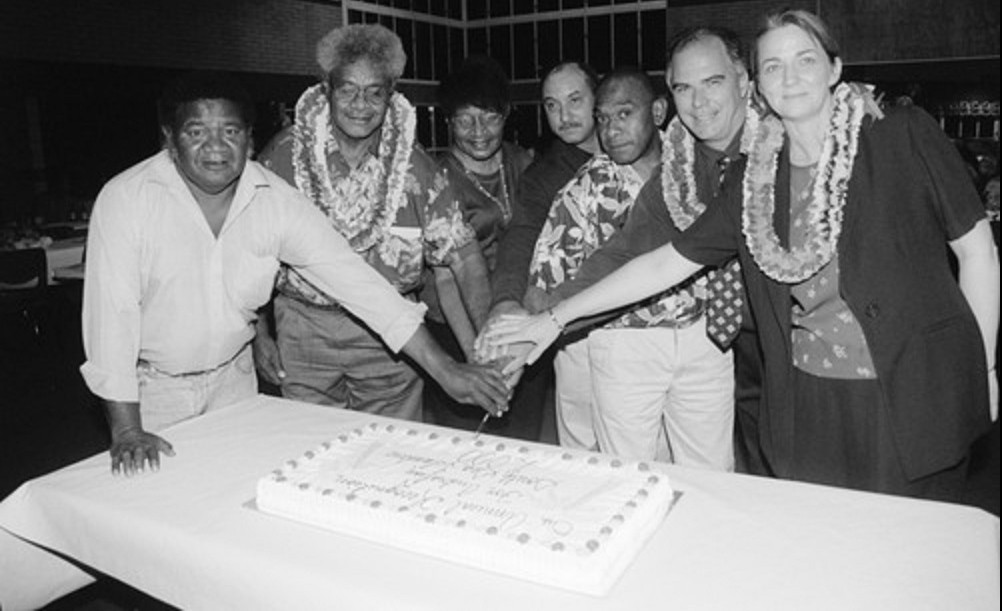
Australian South Sea Islander communities along the eastern coastline of Queensland and northern New South Wales continue to work hard to reclaim their history and culture. The landmarks and sites of cultural significance have been mapped and written about by various communities in an attempt to record, document and share Australian South Sea Islander history and heritage with the wider community - creating more of a presence in the physical landscape. The South Sea Islander Community needed their history and contributions to be acknowledged by the wider community.
On the 25 August 1994, the Commonwealth Government officially recognised Australian South Sea Islanders as a unique cultural group with its own history and culture. The government of the day acknowledged the injustices of the indentured labour system and the discrimination suffered by South Sea Islanders and their descendants. South Sea Islanders were finally being recognised for their contributions to the history and economy of Australia.
Resilience
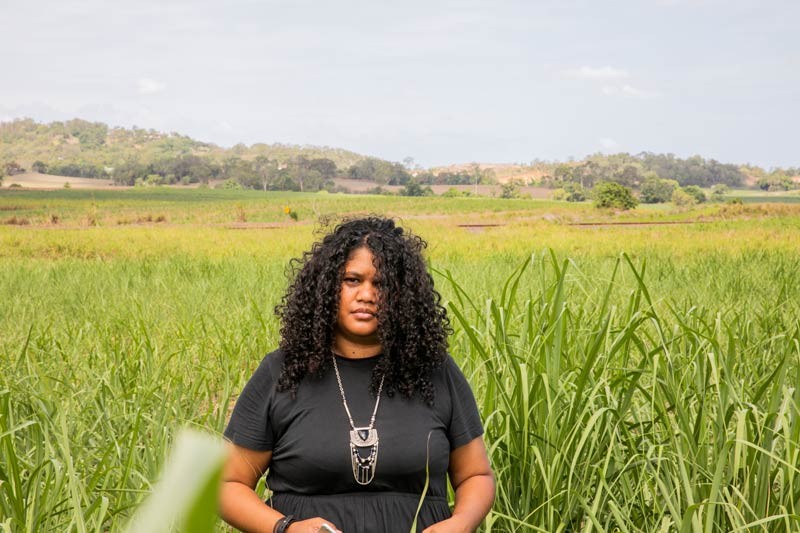
Australian South Sea Islanders’ resilience to overcome adversity is evident in the strength, determination and humility of the people and the community in its entirety. Humour and laughter, characteristics most prevalent in Australian South Sea Islander communities, have provided the necessary antidote to hide pain, sadness and trauma.
With courage and tenacity strength and determination, Australian South Sea Islanders fought for the future of their children, seeking basic rights to education, to contribute to the wider community, and to live a better life. Most importantly they fought for the empowerment and recognition of Australian South Sea Islanders and for acknowledgement of their experiences and stories to be woven into the broader Australian history.
Plantation Voices presents four Australian South Sea Islander artists who have shared their experiences to open new dialogues about their community’s history, heritage, culture and identity.
Take a moment to experience their creative expressions, listen to their ancestors, acknowledge their voice, their existence, and share their story.
Commissioned Artists
Dylan Mooney
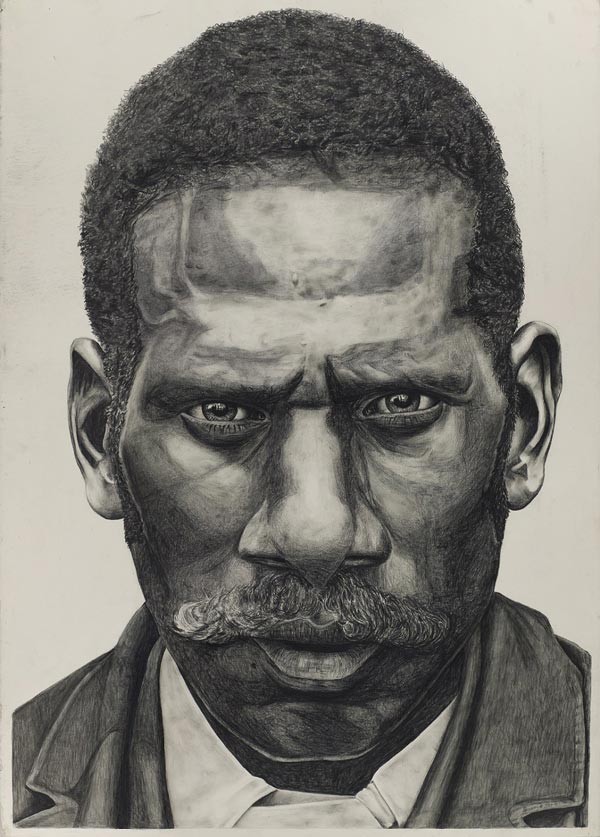
I sourced two images: one of my great great-grandmother Fanny Togo, who was taken from Santo Island of Vanuatu and brought to Tweed Heads and one South Sea Islander man from Mackay. One image is from my family collection, while the other was sourced from the State Library of Queensland collection. What became particularly interesting to me as I gazed at these images were the connections I made as I stared into their eyes.
Dylan Mooney is an Australian South Sea Islander man from the island of Mailata in the Solomon Islands. His mother’s family were taken and brought to Mackay. His father’s side is from the islands of Santo and Ambae, where his grandfather’s grandparents were taken and brought to Tweed Heads.
Jasmine Togo-Brisby
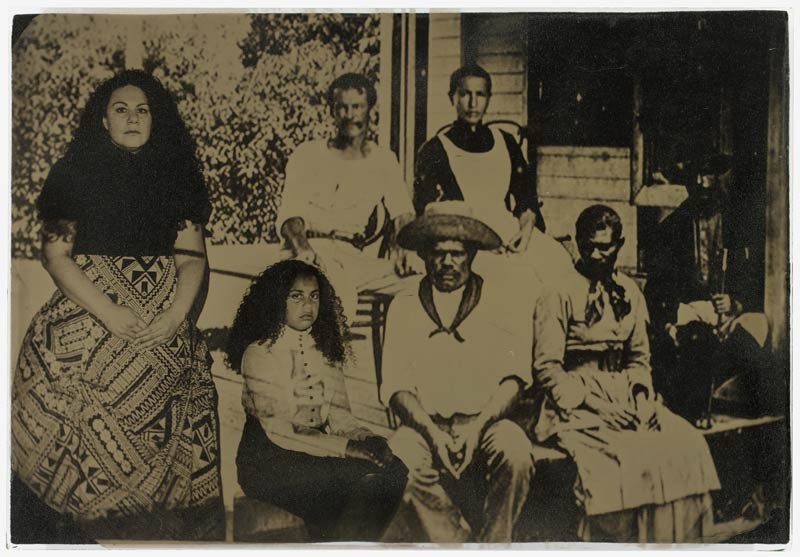
By employing 19th century wet plate collodion (ambrotype) photography, Jasmine interrogates colonial history, complicating the past. As an Australian South Sea Islander, she is persistently mediating between past, present and future. The artist questions notions of power and appropriation through the method of re-photographing the photograph, confronting the colonial gaze and enacting complicated scenarios of desire, identification, and loss. She uses a process of projections, digital photography and wet plate photography to insert herself and her daughter into the archive, lifting the image from the historical to communicate the contemporary.
LaVonne Bobongie’s artist statement
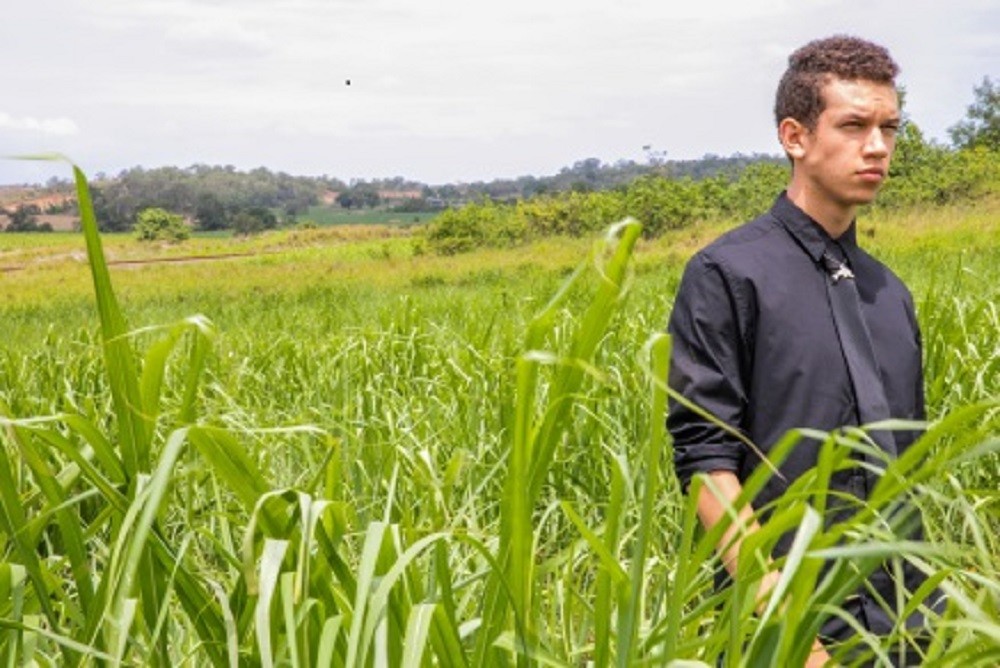
LaVonne Bobongie captures life that is surrounded, engulfed and led by music. Focusing primarily on telling stories through photography of those whose lives are on the road, in the studio and out of a suitcase.
With a heart for social justice especially in her home country of Australia, through her photography LaVonne hopes to tell the stories and bring light to the people forgotten, stolen and misplaced.
Joella Warkill
My Australian South Sea Island heritage descends from the islands of Pentecost and Ambrym in Vanuatu, and our history is filled with tragic stories of our people being brought to Australia to work as slaves. As a young person who has grown up on the backs of my peoples' struggles, and triumphs, when I write a piece on my culture I want to strongly make note of the fact that I am referring to the culture that my many, many grandparents have created here in Australia. A culture that may have been slightly modified in this Western environment to which we had to grow up in, but is still directly derived from our Pacific Island roots — that is the culture of South Sea Islander people.
The Old Place digital story
Located at Lot 71 on the banks of the Maroochy River at Bli Bli on the Sunshine Coast, The Old Place is home to generations of Australian South Sea Islanders. Their cultural and spiritual connection dates from the late 1800s. Used by families, workers, and travellers as they moved between plantations hugging the coast of Queensland, The Old Place, was a place to live, holiday, and connect with others. The landscape has engulfed much of the physical remnants of the once vibrant community but fond memories live on in childhood reminiscences of fishing, crabbing, and fun times with family. Today, Australian South Sea Islanders are reconnecting with the land and each other and reclaiming their history of the Old Place.
This story has been developed with assistance of the Descendants of Australian South Sea Islanders (DASSI) Association Inc.
Reclaiming Kanaka Town: Recollections from Mr Neville Willie digital story
Kanaka Town is a small Australian South Sea Islander community with its own unique stories. Situated on the northside of Rockhampton in Central Queensland this community is made up of strong islander families. This short digital story features Mr Neville Willie who shares some of his early experiences and memories of living and growing up in and around Kanaka Town. Neville’s personal memories recalls some of the families who lived there, how they lived and where they worked and the connections they have to one another.
‘Kanaka’ was a derogatory word used to describe South Sea Islanders. However, Kanaka Town has always been proudly known and remembered by Australian South Sea Islanders as a place of community, family, and camaraderie.
This story has been developed with assistance from Mr Neville Willie. The artwork in the footage is by Kakae Pakoa and is held at the Community Hall at Creek Street, Rockhampton.
State Library of Queensland, MMS ID 99183607717302061
Joskeleigh: A place to call home digital story
Joskeleigh is a small distinct community and home to a number of Australian South Sea Islander families. It is situated 40 kilometres east of Rockhampton in central Queensland. Like many other small Australian South Sea Islander community along the Queensland coastline and northern New South Wales, Joskeleigh has it own unique story. First, second and third generation Australian born South Sea Islander descendants provide a little insight on life and growing up in Joskeleigh during those ‘missing years’ between 1910 - 1970. A simple life with a true sense of freedom. Today many descendant continue to reconnect and reclaim their connection with Joskeleigh and the people who live here. This digital story highlights several individuals reflecting on family stories about growing up in Joskeleigh as an Australian South Sea Islander.
This story has been developed with assistance from the Joskeleigh Community Association and other community members.
State Library of Queensland, MMS ID 99183607717302061
Additional resources
Learning notes
To support exhibitions and events, State Library creates learning notes with teaching and learning activities linked directly to the Australian Curriculum. These notes are designed to enhance your onsite experience.